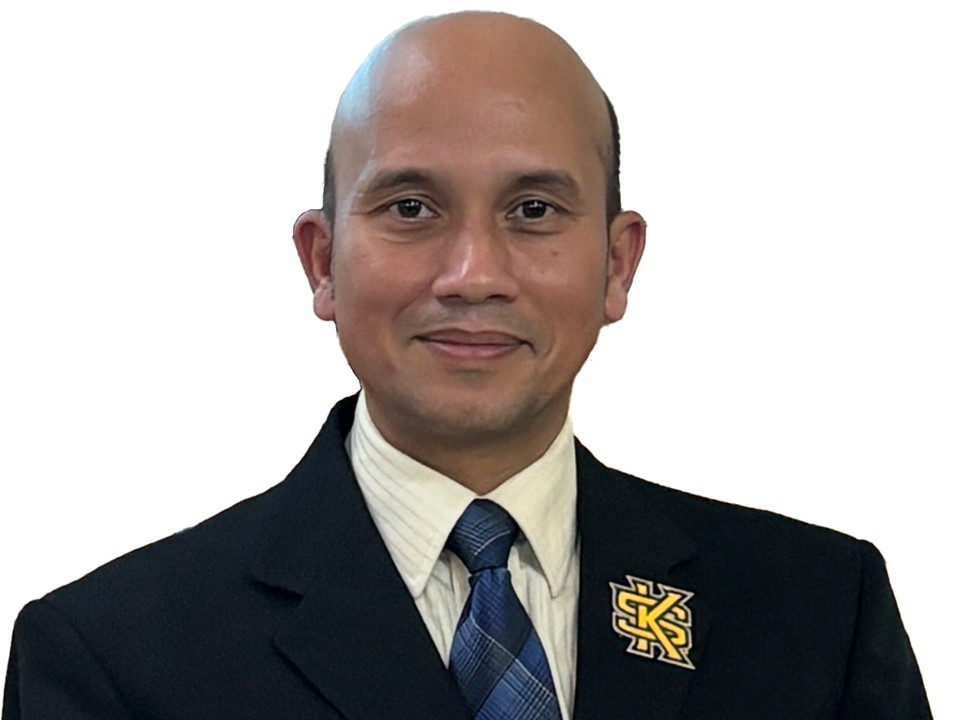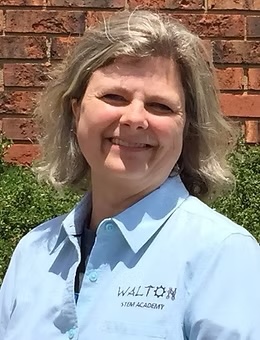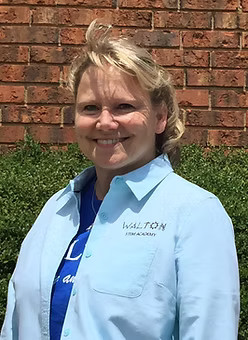AgNP Toxicity
Georgia Science Fair 2024

Project Summary
Silver nanoparticles (AgNPs) have a cutting-edge potential as an anticancer and antimicrobial agent along with various applications in biomedical engineering. However, AgNPs have toxic health effects too, where the toxicity is a function of many properties of AgNPs, such as surface coating, concentration, size, etc. These properties in isolation and in combination must be studied to find the optimal configuration that reduces risks and maximizes efficacy of AgNPs in killing microbes and treating conditions. This study aims to assess the toxicity of AgNPs with varying sizes, concentration, and surface coatings. AgNPs were synthesized chemically, using trisodium citrate and heat, and biologically using Murraya koenigii (curry leaf) extract. AgNPs’ toxic effects on Escherichia coli and Drosophila melanogaster (fruit flies) were studied. The results showed that smaller size chemical AgNPs were significantly toxic to bacteria, affirming the bactericidal and antimicrobial benefit of AgNPs, while being safer for the complex organisms (fruit flies). It was also found that biosynthesized AgNPs, despite being cost effective and non-toxic to humans, were even more potent to bacteria due to the antimicrobial molecules contained in curry leaf. Overall, the findings suggest that the toxicity of AgNPs can be manipulated by altering their size and structuring them into composite formations. These findings offer insights into utilizing AgNPs for their antimicrobial and therapeutic properties, potentially paving the way for the development of novel antimicrobial, anticancer, and therapeutic products.
Project Board / Links
Awards
Georgia JSHS 2025 (State)
- Finalist (Top 10)
GSEF 2024 (State)
Cobb-Paulding Science Fair 2024 (Regional)
- 1st Honors
Acknowledgments
Thanks to Dr. Baruah for his help with silver nanoparticle synthesis and characterization. I am deeply appreciative of the time he spent in sending me resources and materials for my nanoparticle work, and the evenings he spent when I used his equipment. He was always there when I had trouble with my synthesis, and he was never hesitant to spend extra time in helping me.
Thanks to Mrs. Hendricks for always being there to support, encourage, and enable my research! From day one, she has always gone the extra mile for me and taken her time to support me. I am also thankful to the Walton STEM Biomedical Academy faculty for allowing me to work in their labs and use their equipment.
Thanks to Dr. Link for all her support in my project. She let me come into her room every day, during her lunch break, and taught me how to use the variety of equipment that I needed. She was always there to review my work and provide observations and critiques.


